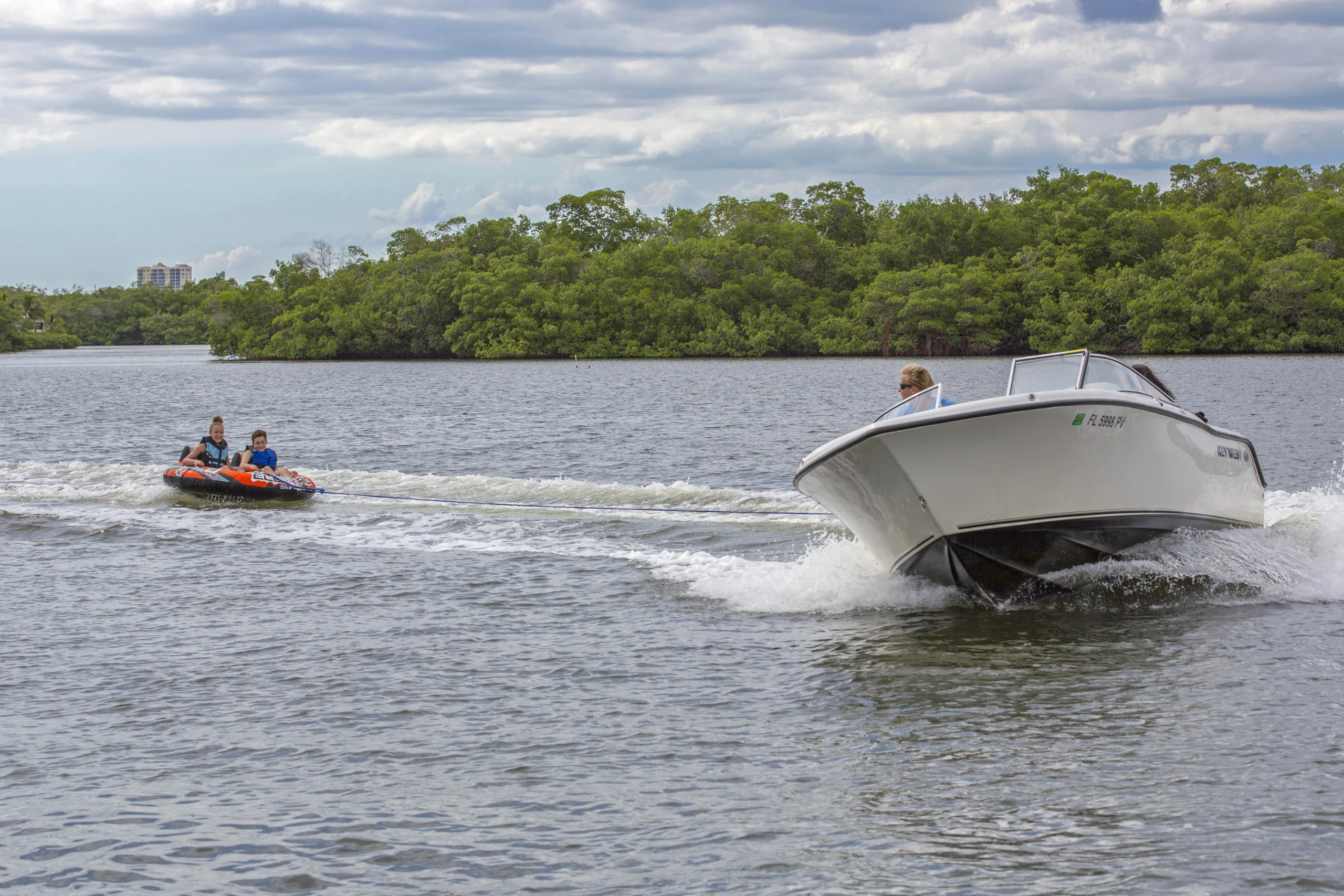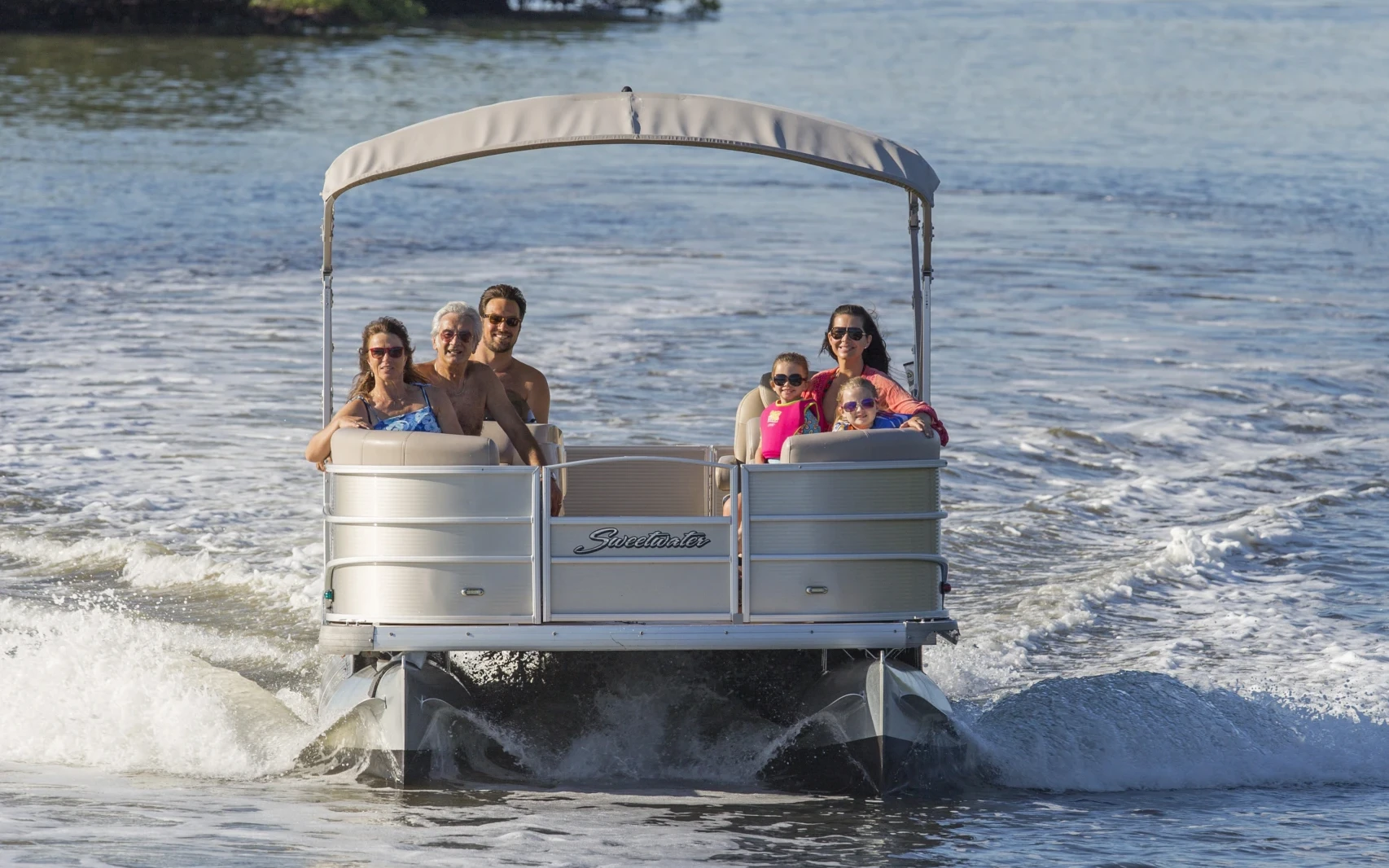
When crossing paths, what is the give-way vessel’s responsibility? Get the answer to this question in our boating test guide!
Welcome to our comprehensive guide on the responsibilities of the give-way vessel when crossing paths on the water! If you’re preparing for your boating test or simply seeking essential knowledge on safe boating practices, you’ve come to the right place. In this article, we delve into the crucial responsibilities of the give-way vessel during crossings, providing you with the answers you need to know. Whether you’re a new boater studying for your license or an experienced mariner refreshing your knowledge, our guide offers the most up-to-date information to ensure safe navigation on the water. Let’s dive in and explore the give-way vessel’s responsibilities to promote safe and responsible boating practices for all water enthusiasts.
Table of Contents
- When crossing paths, what is the give-way vessel’s responsibility?
- What Are The Rules For Encountering Other Vessels?
- In the navigation rules, what must give-way boats do?
- In the navigation rules, what is the duty of the stand-on boat?
- Stand on vessel definition. What is a stand on vessel?
- What should the operator of a stand-on vessel do when encountering a give-way vessel?
- What is your primary responsibility when other boats are in your area?
- What should the operator of a give-way vessel do to avoid colliding with a stand-on vessel?
- What should the operator of a giveaway vessel
- Other Common Test Questions:
- Check out our other study guides for boating test questions:
- Getting Certified: Passing your boat exam
When crossing paths, what is the give-way vessel’s responsibility?
When crossing paths, the give-way vessel is responsible for taking early and substantial action to keep well away from other vessels. This includes stopping, slowing down, or changing course as necessary to avoid a collision. When encountering other vessels, the give-way vessel must also ensure that any changes in course or speed are large enough to be readily apparent to other vessels, helping to prevent misunderstandings and potential accidents on the water. When crossing paths, what is the give-way vessel’s responsibility? Early and substantial action.
What Are The Rules For Encountering Other Vessels?
When encountering other vessels, boaters must follow certain rules to ensure safety on the water:
- Maintain a proper lookout: Always keep a lookout for other vessels, navigational hazards, and any potential dangers on the water.
- Determine the give-way vessel: The give-way vessel is responsible for taking early and substantial action to avoid a collision. This includes slowing down, stopping, or changing course if necessary.
- Determine the stand-on vessel: The stand-on vessel maintains its course and speed unless it becomes apparent that the give-way vessel is not taking appropriate action. You can learn more about determining the stand-on vessel by checking out this certified study guide
- Communicate intentions: Use sound signals, radio communications, or visual cues to communicate your intentions to other vessels and avoid confusion.
- Take early action: Act promptly and decisively to avoid collisions, especially in situations where vessels are on intersecting courses or are approaching head-on.
- Know the navigation rules: Familiarize yourself with the navigation rules and right-of-way regulations to ensure compliance and safe navigation in various situations.
By following these rules and guidelines, boaters can navigate encounters with other vessels safely and effectively, minimizing the risk of accidents and promoting enjoyable experiences on the water.

In these next sections, we will review all of the other scenarios and questions that you should be aware of before taking your boating test.
In the navigation rules, what must give-way boats do?
In the navigation rules, give-way boats must take early and substantial action to keep well away from other vessels. When encountering other vessels, this includes actions such as stopping, slowing down, or changing course to avoid a collision. The give-way vessel should also avoid crossing in front of other vessels and make any changes in course or speed large enough to be readily apparent to other boaters. These measures help ensure safe navigation and prevent accidents on the water.
In the navigation rules, what is the duty of the stand-on boat?
In the navigation rules, the duty of the stand-on boat is to maintain its course and speed unless it becomes apparent that the give-way vessel is not taking appropriate action. When encountering other vessels the stand on vessel should continue its path and avoid making sudden maneuvers that could lead to confusion or collision. This helps ensure clear communication and predictable movements between vessels, contributing to safe navigation on the water.
Stand on vessel definition. What is a stand on vessel?
A stand-on vessel, according to navigation rules, refers to a boat that has the right of way over another vessel. The stand-on vessel maintains its course and speed unless it becomes apparent that the give-way vessel is not taking appropriate action to avoid a collision. In essence, the stand-on vessel has the duty to maintain its course and speed to allow for predictable navigation, contributing to the safety of all vessels in the vicinity.
What should the operator of a stand-on vessel do when encountering a give-way vessel?
What should the operator of a stand-on vessel do when encountering a give-way vessel?When encountering a give-way vessel, the operator of a stand-on vessel should maintain its course and speed unless it becomes apparent that the give-way vessel is not taking appropriate action to avoid a collision. If necessary, the stand-on vessel may take action to avoid a collision, but it should avoid turning towards the give-way vessel or crossing in front of it. The primary responsibility of the stand-on vessel is to maintain its course and speed to allow for predictable navigation and to avoid confusion or potential accidents.
What is your primary responsibility when other boats are in your area?
Your primary responsibility when other boats are in your area is to maintain a proper lookout and navigate safely to avoid collisions. This involves being aware of your surroundings, including other vessels, potential hazards, and changes in the weather or water conditions. By staying alert and following navigation rules, you can ensure the safety of everyone on the water.
What should the operator of a give-way vessel do to avoid colliding with a stand-on vessel?
The operator of a give-way vessel should take early and substantial action to avoid colliding with a stand-on vessel. This involves making a clear and decisive maneuver to pass at a safe distance. The operator should also be mindful of speed, the direction of travel, and ensure the change in course is noticeable to the stand-on vessel. Maintaining clear communication and following navigation rules will help prevent accidents and ensure safe passage.
What should the operator of a giveaway vessel
What should the operator of a give-way vessel do?” Understanding this is crucial for safe navigation on waterways. The operator of a give-way vessel must yield the right-of-way to a stand-on vessel, adjusting speed or course early and decisively to avoid a collision. This proactive maneuvering involves assessing the situation, anticipating the path of the stand-on vessel, and making any necessary adjustments to ensure a clear passage. Effective communication, adherence to navigation rules, and maintaining a lookout are essential to safely navigating encounters with stand-on vessels, thereby reducing the risk of accidents on the water.
Other Common Test Questions:
There’s multiple ways these questions get asked on boater exams, certifications, and licenses. Here are some additional examples of common test questions.
- When crossing paths what is the give-way vessel’s responsibility
- What should the operator of a stand on vessel do when encountering a giveaway vessel
- When crossing paths what is the giveaway vessels responsibility
- when crossing paths, what is the give-way vessel’s responsibility
Check out our other study guides for boating test questions:
- What is draft on a boat?
- How to choose a marine gps app
- The 5 best boating weather apps for 2024.
Getting Certified: Passing your boat exam
Start your safe boating journey at boat-ed.com. Their accredited courses, recognized by NASBLA, the National Association of State Boating Law Administrators, make learning boater safety, etiquette, and water rules easy and accessible. With interactive courses available on all devices, prioritize safety as you prepare for your exam.
You can get a preview of what this, and other questions may look like on a boating test by visiting our friends at Boat-Ed. Check out their study guide.








